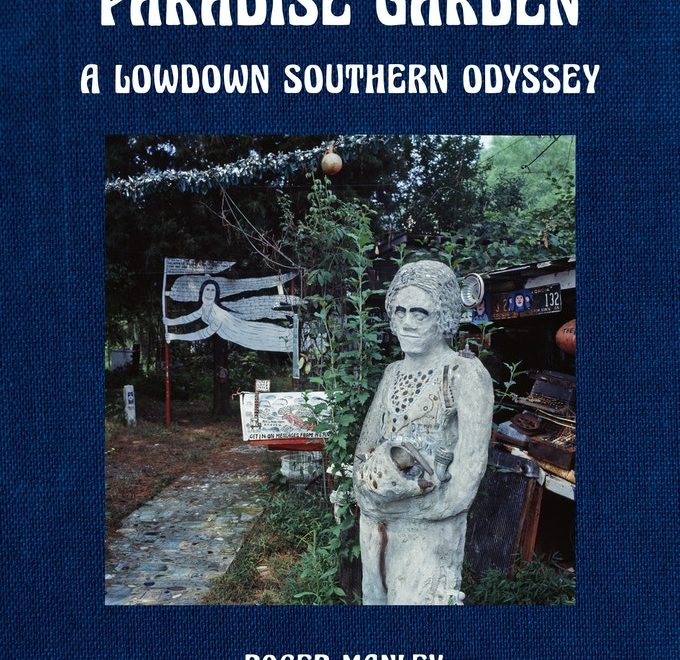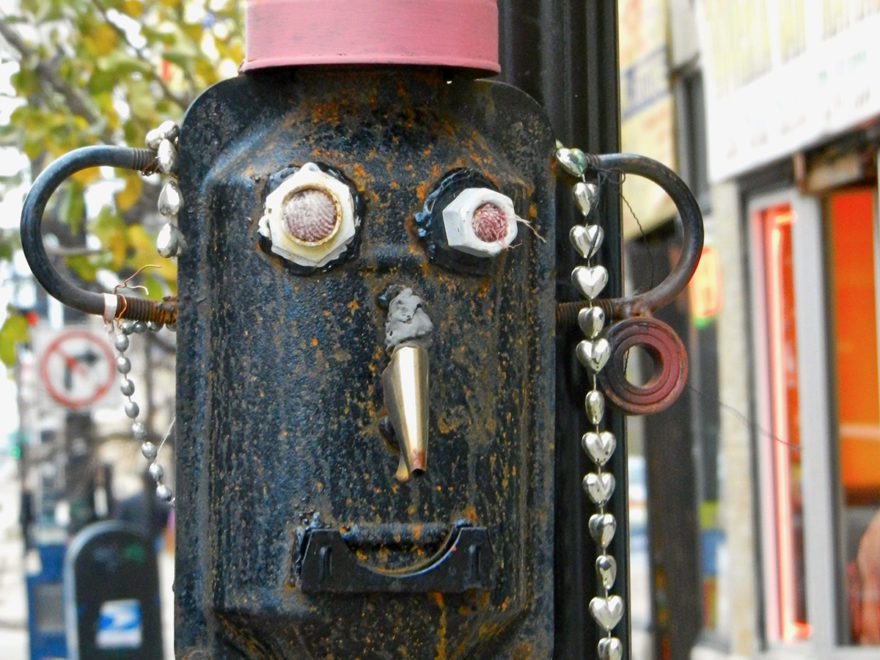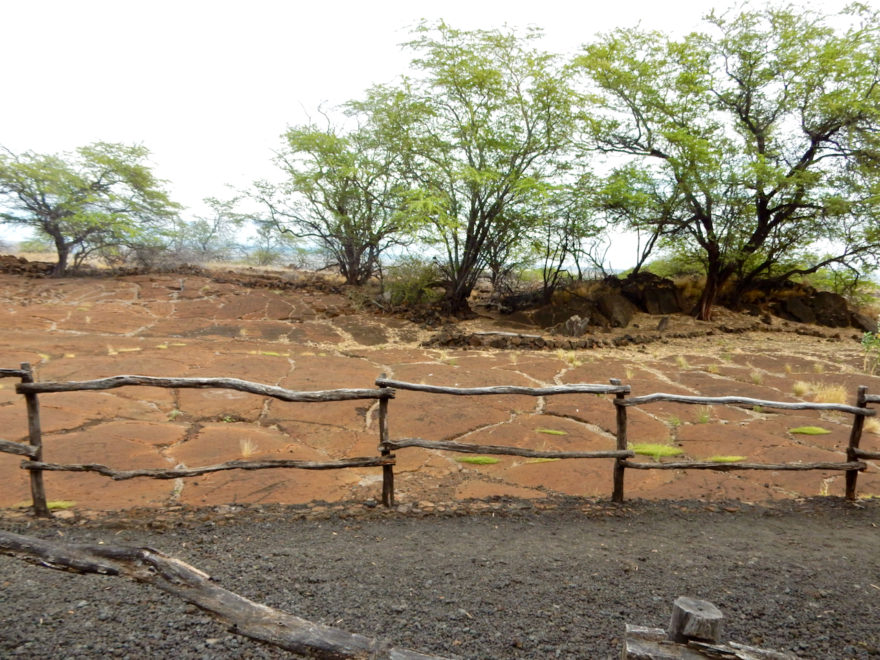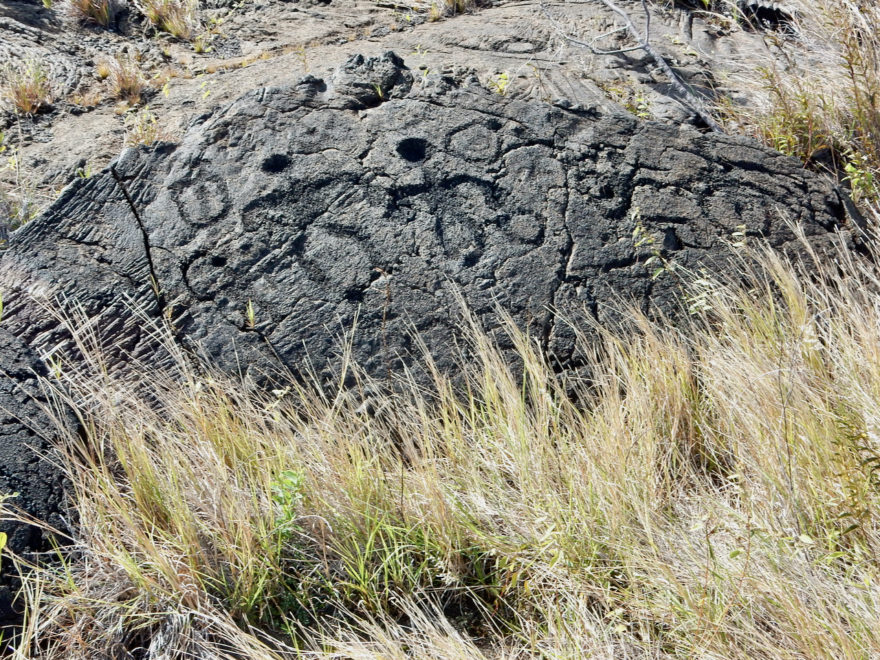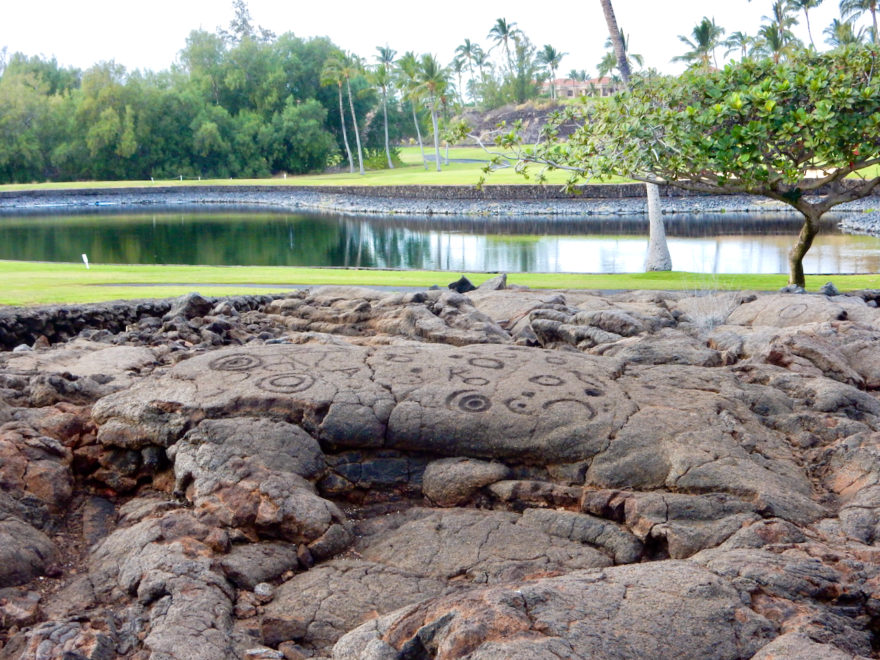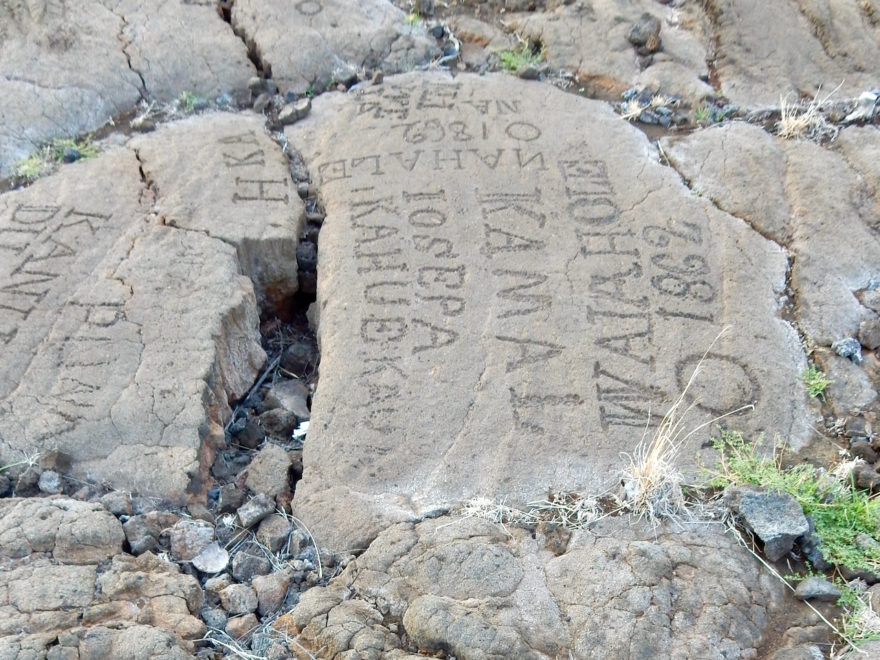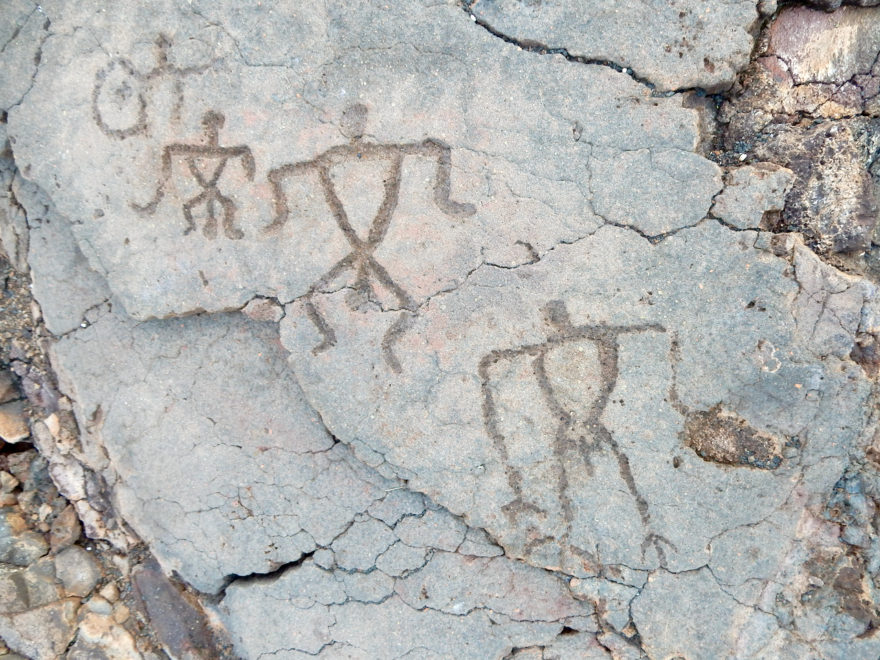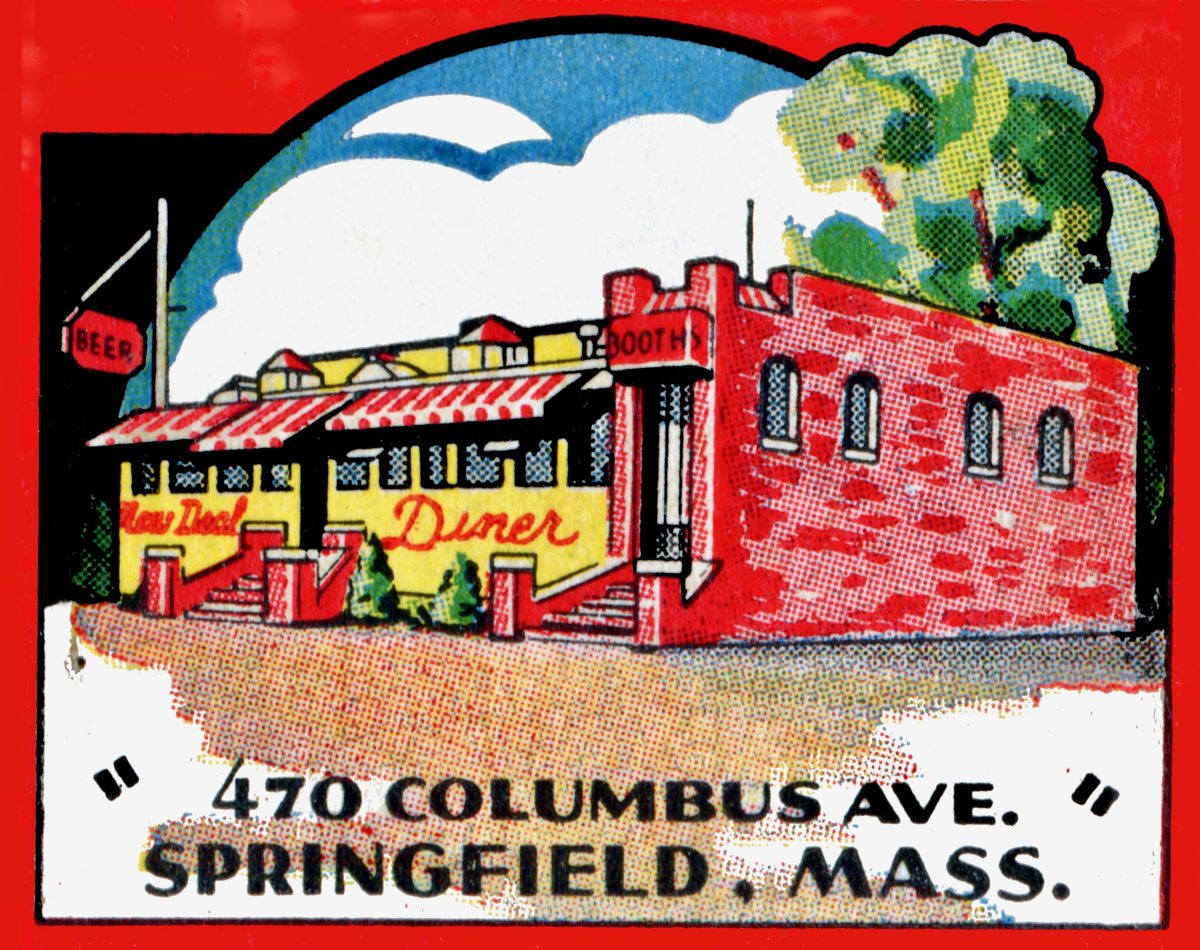Walks to the Paradise Garden: A Lowdown Southern Odyssey, by Jonathan Williams, photos by Roger Manley & Guy Mendes. Institute 193, Lexington Kentucky and New York, 352 pages, 100 color images and 80 black and white , 2019. ISBN: 978-1732848207. Hardcover, $45. It’s a shame this book wasn’t published as intended in the 1990s. Not only would its author have still been alive, but so would most of the artists he encountered on his travels across the back roads of the South. Inspired by William Least Heat-Moon’s Blue Highways, Jonathan Williams, poet, publisher and lover of the vernacular, undertook a series of
Continue reading